Home>Garden Essentials>What Is Landscape Design?
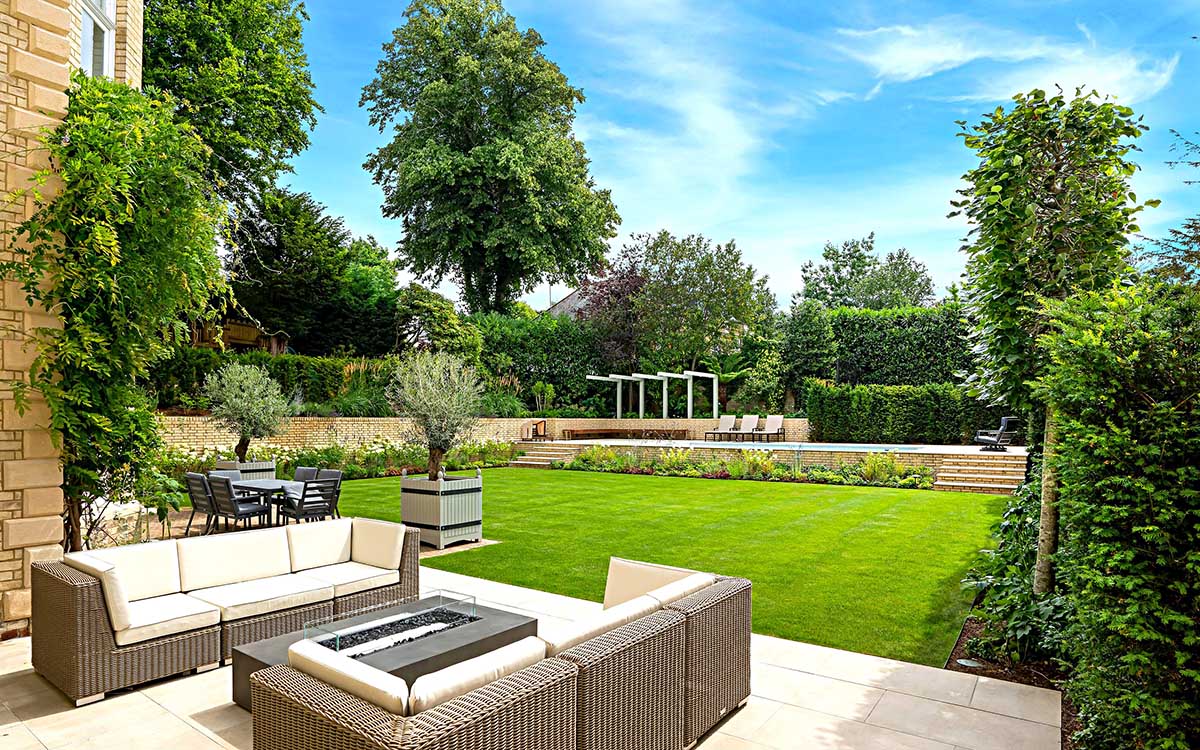

Garden Essentials
What Is Landscape Design?
Modified: October 20, 2024
Discover the art of garden design and transform your outdoor space with landscape design services. Create a stunning garden that reflects your unique style and enhances your property's beauty.
(Many of the links in this article redirect to a specific reviewed product. Your purchase of these products through affiliate links helps to generate commission for Storables.com, at no extra cost. Learn more)
Introduction
Welcome to the world of landscape design! Whether you have a small backyard garden or a sprawling estate, landscape design plays a crucial role in transforming outdoor spaces into beautiful and functional havens. It’s the art and science of organizing and arranging natural and man-made elements to create an aesthetically pleasing and harmonious outdoor environment.
But landscape design is more than just arranging plants and hardscape features; it’s about creating a space that reflects your personality, meets your practical needs, and connects you with nature. From residential gardens to public parks and commercial landscapes, landscape design has the power to enhance the beauty, functionality, and sustainability of any outdoor space.
In this comprehensive guide to landscape design, we’ll explore the importance of landscape design, the key elements and principles involved, different styles and types of designs, the process of designing a landscape, selecting the right plants, as well as implementing and maintaining your design. By the end, you’ll have a deeper understanding of how to create stunning outdoor spaces that captivate the eye and soothe the soul.
Key Takeaways:
- Landscape design is like creating a beautiful outdoor masterpiece that adds value, functionality, and tranquility to any space. It’s about making nature and human needs work together in harmony.
- Choosing the right plants, maintaining, and caring for your landscape design is like nurturing a living artwork. It’s a dynamic process that requires attention, creativity, and love for nature.
Read more: How To Design A Low-Maintenance Landscape
The Importance of Landscape Design
Why is landscape design so important? Well, for starters, it adds beauty and aesthetic appeal to outdoor spaces. A well-designed landscape can turn a plain and dull area into a mesmerizing oasis of color, texture, and form. It creates a visual impact that not only pleases the eye but also uplifts the overall ambiance of the space.
But landscape design goes beyond aesthetics. It also plays a crucial role in enhancing the functionality and usability of outdoor areas. By carefully planning the layout and placement of elements such as paths, seating areas, and play areas, landscape design can optimize the use of space and create zones for different activities.
In addition, landscape design can greatly improve the value of your property. A thoughtfully designed and well-maintained landscape adds curb appeal and makes a positive first impression on visitors or potential buyers. In fact, studies have shown that a well-designed landscape can significantly increase property value, sometimes by as much as 20%.
Furthermore, landscape design can have a positive impact on the environment. By incorporating sustainable features such as rainwater harvesting systems, native plantings, and efficient irrigation methods, landscape design can conserve water, promote biodiversity, and reduce the need for chemical inputs.
Another important aspect of landscape design is its ability to create a sense of tranquility and improve well-being. Being in nature has been proven to reduce stress, promote relaxation, and improve mental and physical health. By designing outdoor spaces that provide opportunities for solitude, connection with nature, and sensory experiences, landscape design can contribute to overall well-being and quality of life.
Whether it’s a private garden, a public park, or a corporate campus, landscape design plays a vital role in transforming outdoor spaces into captivating and functional environments. It adds beauty, enhances usability, increases property value, promotes sustainability, and fosters well-being. It is a powerful tool that allows us to connect with nature and create spaces that enrich our lives.
Elements of Landscape Design
Landscape design incorporates a variety of elements that work together to create a harmonious and beautiful outdoor space. These elements include:
- Line: Lines are one of the fundamental building blocks of landscape design. They can be curved, straight, or even diagonal, and they play an essential role in shaping the overall design. Horizontal lines convey a sense of stability and calmness, while vertical lines create a feeling of strength and height. Curved lines add flow and movement, while diagonal lines bring energy and dynamic tension to the design.
- Form: Form refers to the three-dimensional shape and structure of objects in the landscape, including plants, hardscape elements, and even buildings. It can be categorized as either geometric (such as squares, circles, or triangles) or organic (with more natural, irregular shapes). The choice of form can greatly influence the overall aesthetic of the design.
- Texture: The texture of plants, materials, and surfaces in the landscape adds visual interest and tactile experience. It refers to the surface quality of objects, whether it’s rough, smooth, coarse, or fine. Combining different textures can create contrast and variety in the design, adding depth and richness to the overall composition.
- Color: Color is a powerful tool in landscape design, capable of creating various moods and emotions. It can be used to evoke a sense of tranquility with cool, soft colors like blues and purples, or to create excitement and energy with warm, vibrant colors like reds and oranges. The choice of colors should consider the overall desired atmosphere and the surrounding environment.
- Scale: Scale refers to the relative size and proportion of objects in the landscape. It is important to choose elements that are in proportion to each other, as well as to the overall space. The scale can create visual impact and help establish a focal point in the design. It is crucial to strike a balance and avoid overwhelming or underwhelming the viewer.
- Space: Space is the area within and around the design, including the negative space or empty areas. It is essential to consider the allocation and arrangement of space to create a functional and comfortable environment. Proper use of space can influence the flow, accessibility, and functionality of the design.
By understanding and carefully incorporating these elements into your landscape design, you can create a visually appealing and well-balanced outdoor space that engages the senses and evokes a desired atmosphere. Each element plays a unique role but works together to create a cohesive and harmonious design.
Principles of Landscape Design
Effective landscape design is guided by a set of principles that help create visually pleasing and functional outdoor spaces. These principles serve as guidelines to achieve balance, harmony, and unity in the design. Here are the key principles of landscape design:
- Unity: Unity refers to the sense of cohesion and harmony in the design. It is achieved by repeating patterns, colors, textures, or forms throughout the landscape. Creating unity ensures that all elements work together cohesively, creating a sense of completeness.
- Balance: Balance is the distribution of visual weight in the landscape design. There are two types of balance: symmetrical and asymmetrical. Symmetrical balance is achieved by creating mirrored images or identical objects on either side of a central point, creating a formal and classic look. Asymmetrical balance, on the other hand, is achieved by visually balancing different elements of varying size, shape, or texture, creating a more informal and dynamic look.
- Rhythm: Rhythm creates a sense of movement and visual flow in the design. It is achieved by repeating elements, patterns, or color throughout the landscape. Rhythm can create a sense of pace, leading the eye from one area to another and creating visual interest.
- Proportion: Proportion refers to the relationship between the sizes of different elements in the landscape. It is important to ensure that the size of plants, hardscape features, and structures are in proportion to each other and to the overall space. Proper proportion creates a visually pleasing and balanced composition.
- Emphasis: Emphasis, also known as focal point, is a design principle used to create a visual point of interest in the landscape. It draws attention to a specific area or element, highlighting its importance and creating a sense of hierarchy. Emphasis can be achieved through the use of color, form, texture, or by creating a contrast with the surrounding elements.
- Transition: Transition refers to the gradual and smooth movement between different areas or elements in the landscape. It helps create a sense of continuity and connects different parts of the design. Transition can be achieved through the use of plants, materials, or changing elevation.
- Functionality: Designing with functionality in mind is essential to ensure that the landscape meets the practical needs of the users. Consider how the space will be used and design accordingly, incorporating elements such as seating areas, pathways, and storage solutions.
- Sustainability: Sustainable design principles should be integrated into landscape design to ensure minimal environmental impact. This can include using native plants, efficient irrigation systems, and incorporating environmentally friendly materials and practices.
By understanding and applying these principles, you can create a well-designed landscape that is visually pleasing, functional, and sustainable. Each principle contributes to the overall composition and helps establish a cohesive and balanced outdoor space.
Types of Landscape Design Styles
Landscape design encompasses a wide range of styles, each with its unique characteristics and aesthetic appeal. Here are some of the most popular landscape design styles:
- Formal Garden: Formal gardens are characterized by symmetrical patterns, geometric shapes, and a structured layout. They often feature pristine lawns, precisely trimmed hedges, and symmetrical flower beds. Formal gardens evoke a sense of elegance and sophistication and are commonly found in historic estates or classic architectural settings.
- Informal Garden: Informal gardens have a more relaxed and naturalistic style. They often incorporate organic shapes, meandering pathways, and an abundance of flowering plants. Informal gardens aim to recreate a more natural and casual environment, with a focus on creating a sense of harmony between plants and their surroundings.
- Japanese Garden: Japanese gardens are inspired by traditional Japanese aesthetics and principles. They often feature elements like Zen rock gardens, ponds or water features, stone lanterns, and carefully pruned trees. Japanese gardens are designed to create a sense of tranquility, balance, and harmony, with an emphasis on simplicity and natural beauty.
- Mediterranean Garden: Mediterranean gardens draw inspiration from the landscapes of Southern Europe, incorporating elements such as gravel pathways, terracotta pots, citrus trees, and drought-tolerant plants. They often feature a mix of colors and textures, creating a warm and inviting outdoor space reminiscent of the Mediterranean region.
- Contemporary Garden: Contemporary gardens embrace clean lines, minimalistic design, and innovative materials. They often incorporate modern elements such as sleek outdoor furniture, minimalist plantings, and architectural features. Contemporary gardens aim to create a sense of modernity and simplicity, with a focus on functionality and low-maintenance design.
- Cottage Garden: Cottage gardens are filled with an abundance of colorful flowers, lush greenery, and a relaxed and romantic atmosphere. They often feature a mix of perennials and annuals, climbing vines, and rustic elements like picket fences or trellises. Cottage gardens evoke a charming and nostalgic feel, reminiscent of old English countryside cottages.
- Xeriscape: Xeriscape gardens are designed to conserve water and require minimal irrigation. They feature drought-tolerant plants, gravel or mulch ground coverings, and efficient irrigation systems. Xeriscaping aims to create a sustainable and low-maintenance landscape that is adapted to arid climates.
These are just a few examples of the many landscape design styles available. Each style has its unique characteristics and can be adapted to suit different climates, personal preferences, and architectural contexts. Whether you prefer a formal and structured garden, a serene and zen-inspired space, or a colorful and vibrant cottage garden, there is a landscape design style for every taste.
When designing a landscape, consider the natural features of the area, such as the soil type, climate, and existing plants. This will help create a sustainable and visually appealing design.
Read more: What Is Landscaping
Steps in Landscape Design Process
The landscape design process involves several steps to ensure a well-planned and successful outcome. Here are the key steps involved in the landscape design process:
- Site Analysis: The first step in the design process is to conduct a thorough analysis of the site. This involves assessing the soil conditions, topography, existing vegetation, drainage patterns, and any other site-specific factors that may influence the design.
- Goal Identification: Next, you need to identify your goals and objectives for the landscape design. Consider how you want to use the space, any specific features or functions you desire, and the overall ambiance you wish to create. This step helps guide the design process and ensures that the final design meets your needs and preferences.
- Concept Development: Once the goals are identified, the designer will develop a concept for the landscape design. This involves creating a rough sketch or outline that captures the overall vision for the space, including the layout of elements, plant selections, and potential focal points.
- Design Development: In this stage, the concept sketch is refined and developed into a more detailed design plan. This includes specifying the exact placement and arrangement of plants, hardscape features, and other design elements. The designer may also create 3D renderings or computer-generated visualizations to help visualize the final design.
- Material Selection: Selecting the right materials is crucial to achieving the desired look and functionality of the landscape design. This includes choosing appropriate paving materials, lighting fixtures, furniture, and other decorative elements that align with the overall design concept.
- Plant Selection: Choosing the right plants is a key step in landscape design. Consider factors such as climate, soil conditions, maintenance requirements, and the desired aesthetic. Select a variety of plants that provide visual interest, seasonal color, and appropriate scale and proportion within the design.
- Construction and Implementation: Once the design plan is finalized, the construction phase begins. This involves site preparation, grading, installation of hardscape features, planting of vegetation, and any necessary irrigation or lighting systems. It’s important to work with experienced contractors or landscapers to ensure proper implementation of the design.
- Maintenance: After the construction is complete, ongoing maintenance is crucial to keep the landscape design looking its best. This includes regular watering, pruning, fertilizing, and pest control as needed. Regular care and maintenance will help preserve the health and beauty of the landscape design.
Each step in the landscape design process is essential to create a well-executed and visually stunning outdoor space. By following these steps, you can ensure that your landscape design project is well-planned, meets your goals, and provides years of enjoyment and beauty.
Choosing Plants for Landscape Design
When it comes to landscape design, choosing the right plants is crucial for creating a visually appealing and functional outdoor space. Here are some key factors to consider when selecting plants for your landscape design:
- Climate: Take into account the climate of your region, including temperature ranges, rainfall patterns, and seasonal variations. Choose plants that are well-suited to your specific climate to ensure their long-term survival and thriving.
- Site Conditions: Assess the specific site conditions within your landscape, such as sun exposure, soil type, and drainage. Certain plants have specific light requirements and thrive in different soil conditions. Consider these factors when selecting plants to ensure they can thrive in the given environment.
- Functionality: Determine how you plan to use the space and select plants that align with the intended purpose. For example, if you want to create privacy, consider using tall shrubs or ornamental grasses. If you desire flowering plants, choose varieties that bloom throughout the desired season.
- Aesthetic: Consider the desired aesthetic of your landscape design. Think about color schemes, textures, and forms that complement the overall design concept. Choose plants that provide visual interest through flowers, foliage, or bark, and consider how they will interact with other elements in the design.
- Maintenance: Evaluate the level of maintenance you are willing to commit to. Some plants require more care, such as regular pruning or frequent watering, while others are more low-maintenance. Choose plants that fit your lifestyle and maintenance capabilities to ensure they remain healthy and vibrant.
- Biodiversity: Incorporating a diverse range of plant species in your landscape design is beneficial for the overall ecosystem. A variety of plants can support pollinators, attract beneficial insects, and promote biodiversity. Consider incorporating native plants that are adapted to the local environment and provide additional ecological benefits.
- Seasonal Interest: Plan for year-round visual interest by selecting plants that offer different colors, textures, and forms throughout the seasons. Include plants with vibrant spring blooms, lush summer foliage, stunning fall colors, and interesting winter features such as berries or ornamental bark.
When selecting plants, it’s also helpful to create a plant list that includes information on each plant’s specific requirements, such as sunlight needs, water requirements, and mature size. This will help you ensure that the plants you choose are well-suited for your landscape and can thrive in their designated areas.
Remember to also consider the long-term growth of plants and allow for proper spacing to avoid overcrowding as they mature. Proper plant selection and placement will contribute to a well-balanced and visually appealing landscape design.
Implementing and Maintaining Landscape Design
Implementing and maintaining a landscape design is crucial to ensure that your outdoor space remains visually appealing, functional, and healthy. Here are some key steps to consider:
- Installation: Once your landscape design plan is finalized, it’s time to implement the design. This may involve grading the land, installing hardscape features such as pathways or patios, planting trees, shrubs, and flowers, and installing any necessary irrigation systems or lighting fixtures. Work with experienced contractors or landscapers to ensure proper installation.
- Initial Care: After installation, your landscape will require initial care to establish the plants and ensure their health. This may include regular watering, applying mulch to retain moisture, and providing protection from extreme weather conditions. Follow the care instructions specific to each plant to guarantee their successful establishment.
- Regular Maintenance: Ongoing maintenance is essential to keep your landscape looking its best. This may include tasks such as mowing the lawn, pruning shrubs and trees, removing weeds, fertilizing plants, and managing pests or diseases. Regular maintenance will help preserve the health and beauty of your landscape design.
- Irrigation: Proper irrigation is crucial for maintaining a healthy landscape. Set up an efficient irrigation system that delivers water to the plants in a controlled manner, taking into account the specific water requirements of each plant. Monitor irrigation regularly to ensure adequate hydration without wasting water.
- Seasonal Care: Different seasons require different care for your landscape. In spring, focus on pruning, fertilizing, and planting new additions. In summer, provide adequate water, manage pests, and remove weeds. In fall, clean up leaves, prepare for colder temperatures, and divide or transplant plants if necessary. In winter, protect sensitive plants from frost and cold weather.
- Mulching: Applying mulch around plants provides numerous benefits, including conserving moisture, suppressing weed growth, maintaining consistent soil temperatures, and improving soil health. Apply a layer of organic mulch around plants, making sure to leave space around the base to prevent rot or fungal issues.
- Pruning: Regular pruning helps maintain the shape, health, and size of plants in your landscape. Remove dead or damaged branches, thin out overcrowded growth, and shape plants to maintain their desired form. Follow proper pruning techniques and timing for each specific plant to promote healthy growth.
- Soil Health: Pay attention to the health of your soil by regularly testing its pH and nutrient levels. Amend the soil as needed with organic matter, such as compost or fertilizer, to improve its fertility and structure. Healthy soil is essential for the overall health and vitality of your plants.
Regularly assess the condition of your landscape and address any issues promptly. Consider hiring professional landscapers for periodic maintenance, especially for tasks that require specialized equipment or expertise.
By implementing and maintaining your landscape design with care, you can ensure that your outdoor space continues to thrive and provide enjoyment for years to come.
Conclusion
Landscape design is a powerful tool that allows us to transform outdoor spaces into beautiful, functional, and inviting environments. Whether you have a small backyard garden or a sprawling estate, incorporating thoughtful landscape design can greatly enhance the aesthetic appeal, usability, and value of your property.
Throughout this comprehensive guide, we have explored the importance of landscape design and its ability to create visually stunning and functional outdoor spaces. We have discussed the key elements and principles of landscape design, different styles and types of designs to suit various preferences and climates, and the step-by-step process of creating and implementing a landscape design plan.
Choosing the right plants for your landscape design is crucial, considering factors such as climate, site conditions, functionality, aesthetic, and maintenance requirements. By selecting plants that are well-suited to your environment and needs, you can ensure their health and vitality for years to come.
Implementing and maintaining your landscape design involves proper installation, initial care, regular maintenance, and attention to factors such as irrigation, seasonal care, pruning, and soil health. By giving your landscape the care and attention it needs, you can consistently enjoy its beauty and functionality throughout the seasons.
Remember, landscape design is a dynamic and evolving process. As plants grow and mature, and as your needs and preferences change, periodic reassessment and adjustments may be necessary. By staying engaged with your landscape and making updates as needed, you can continually enhance and refine your outdoor space.
So, whether you’re seeking a tranquil Japanese garden, a vibrant cottage garden, or a contemporary oasis, landscape design provides endless possibilities to bring your vision to life. It’s a creative endeavor that enables us to reconnect with nature, express our personal style, and create outdoor spaces that truly enrich our lives.
With this guide as your resource, you are now equipped with the knowledge and understanding to embark on your own landscape design journey. Embrace the process, let your creativity flow, and enjoy the rewards of a well-designed and meticulously maintained outdoor oasis.
Frequently Asked Questions about What Is Landscape Design?
Was this page helpful?
At Storables.com, we guarantee accurate and reliable information. Our content, validated by Expert Board Contributors, is crafted following stringent Editorial Policies. We're committed to providing you with well-researched, expert-backed insights for all your informational needs.
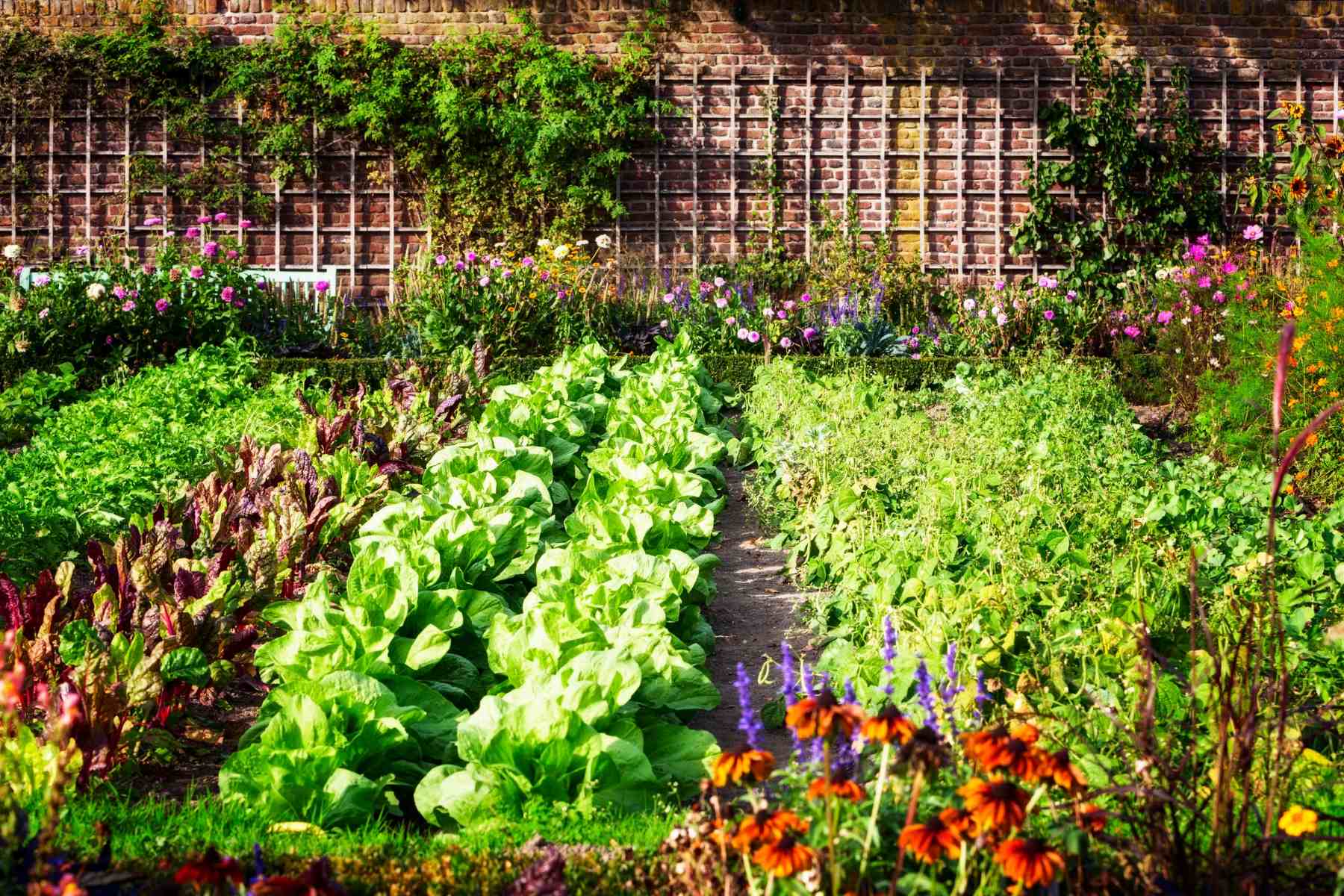

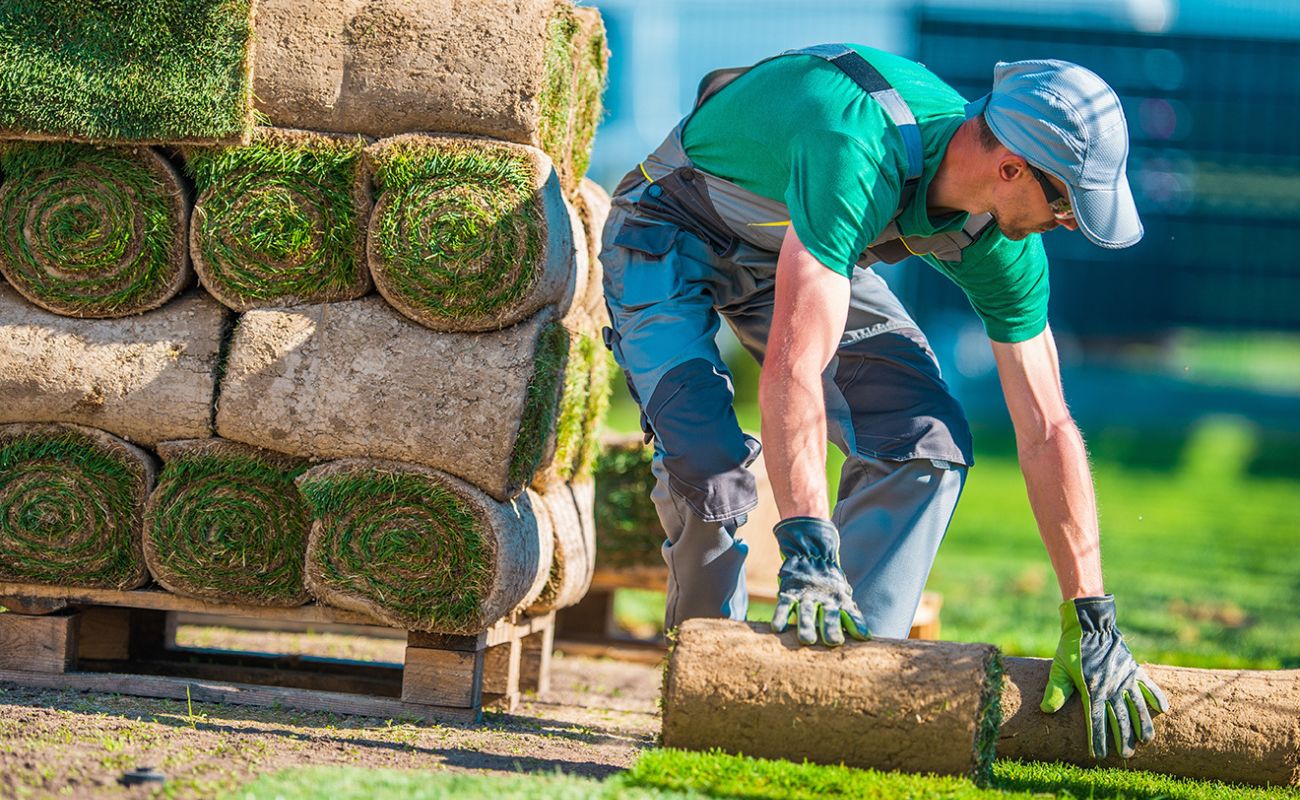
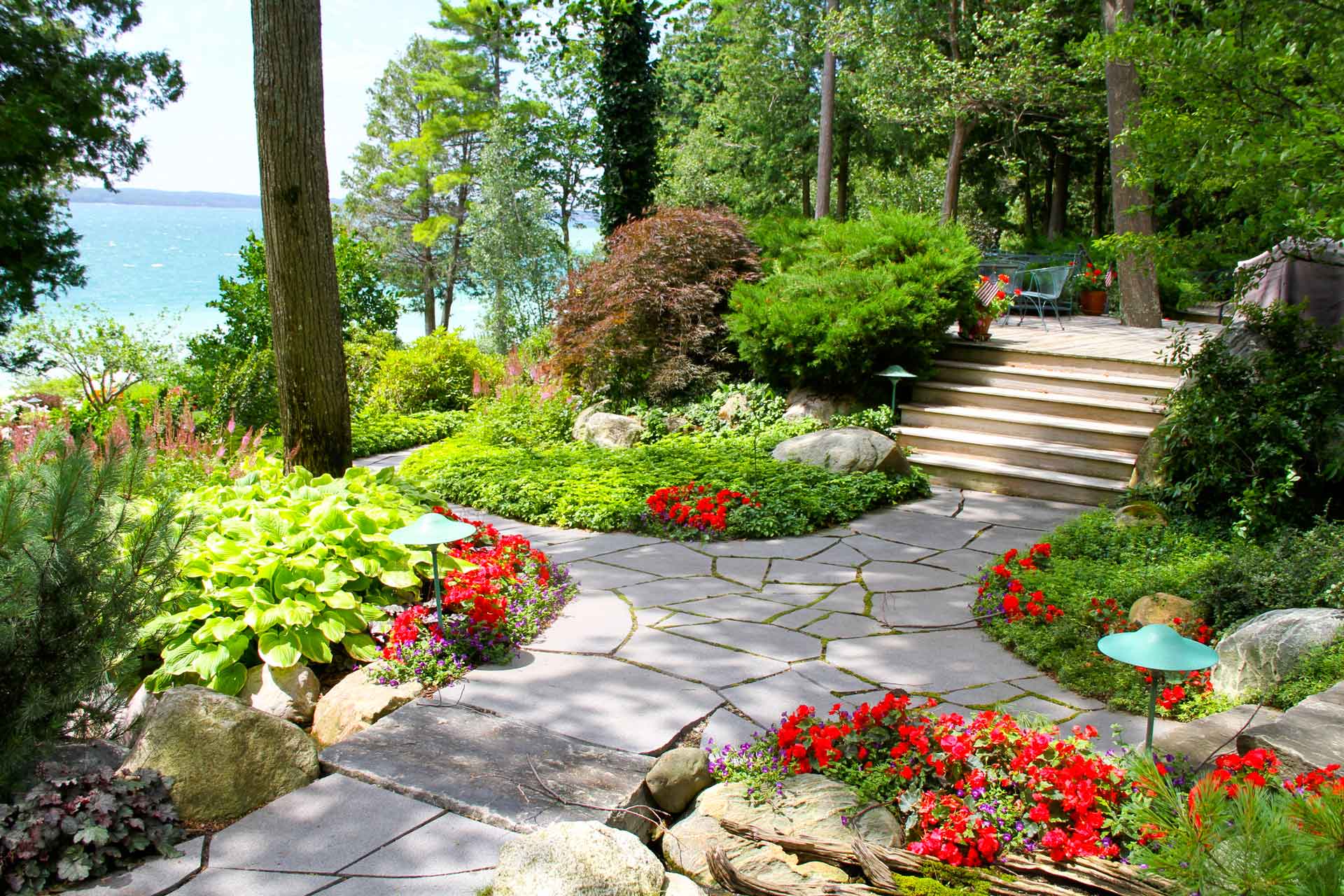
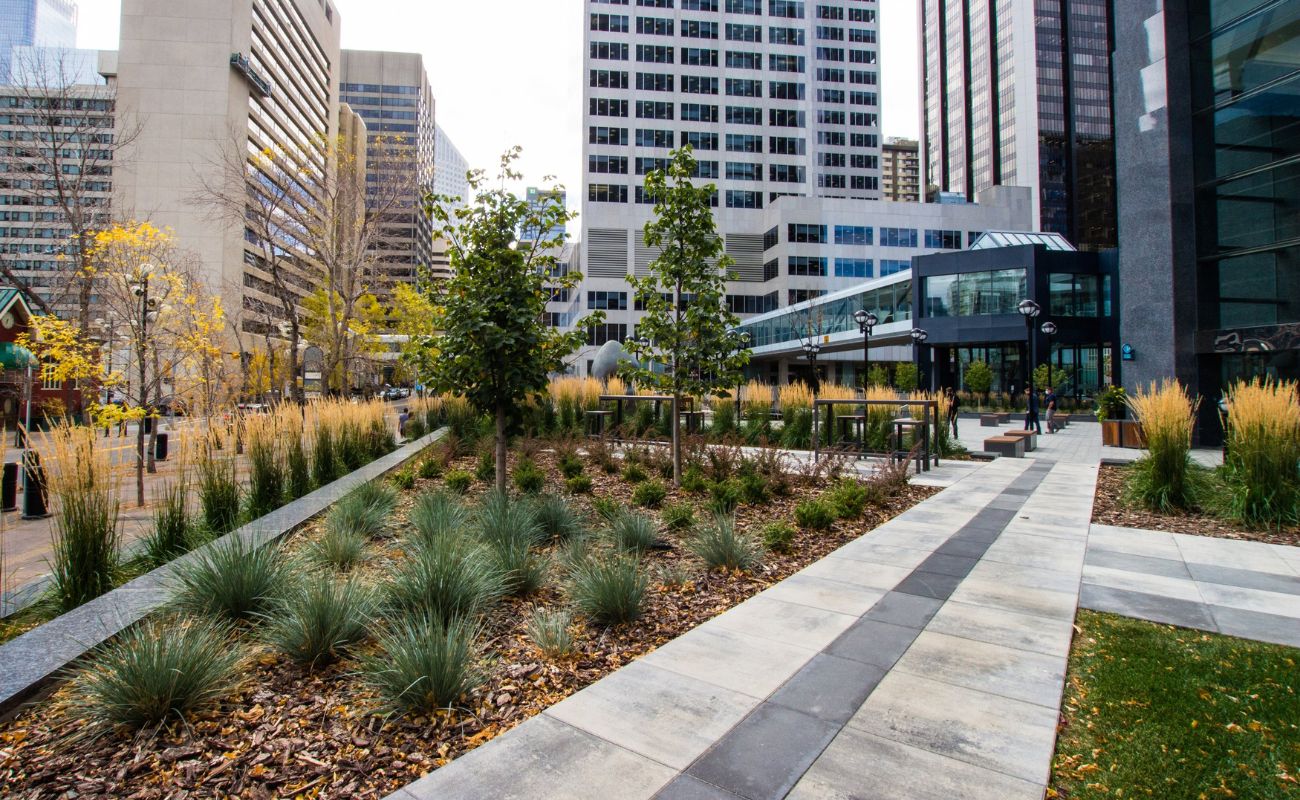
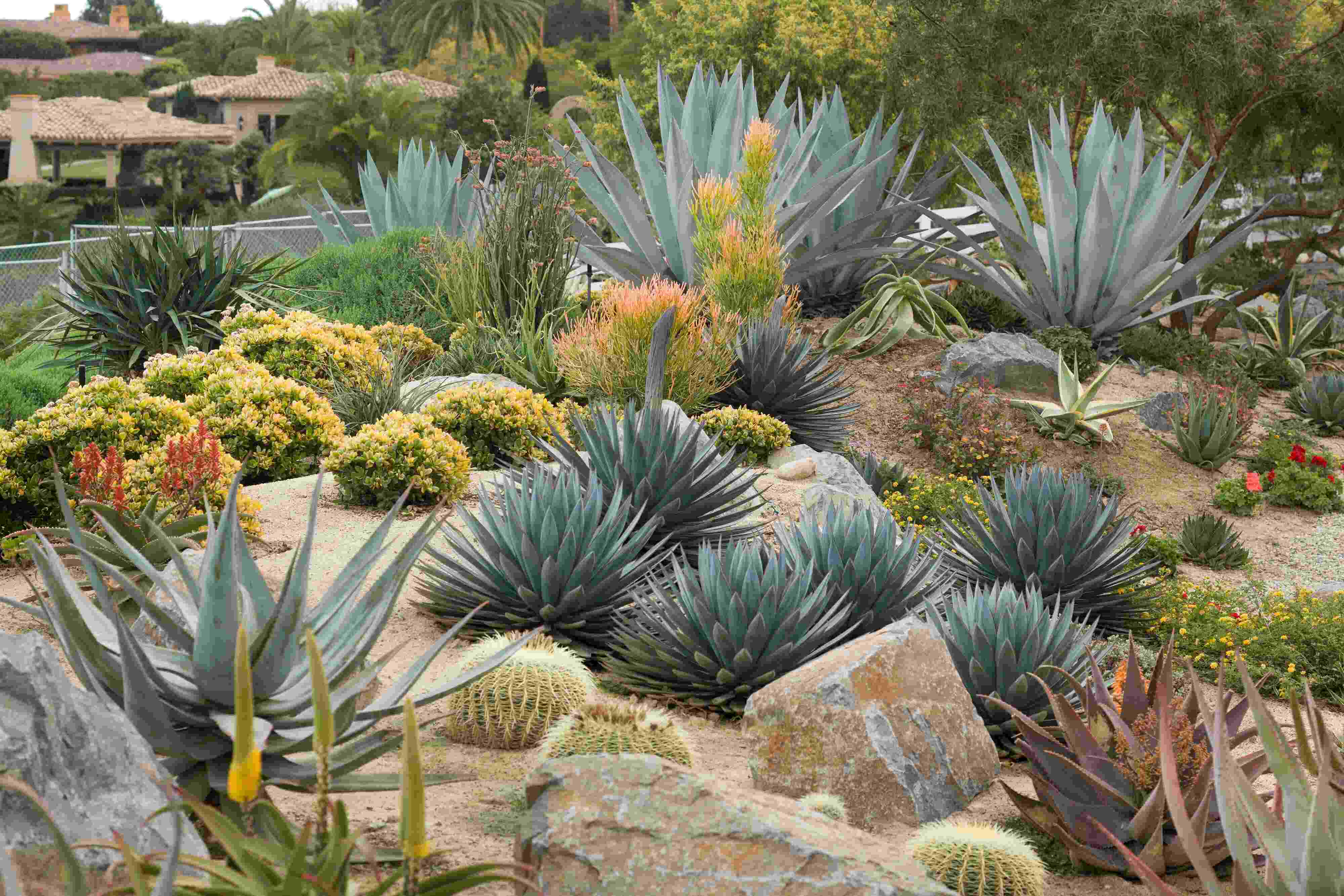
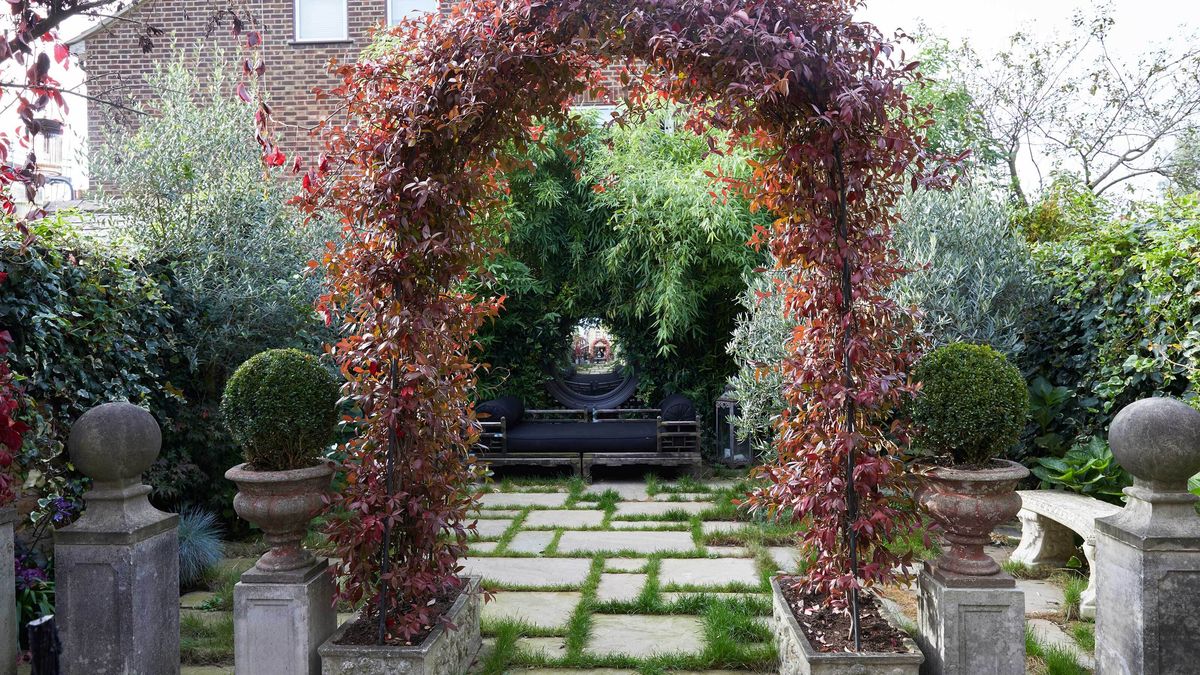
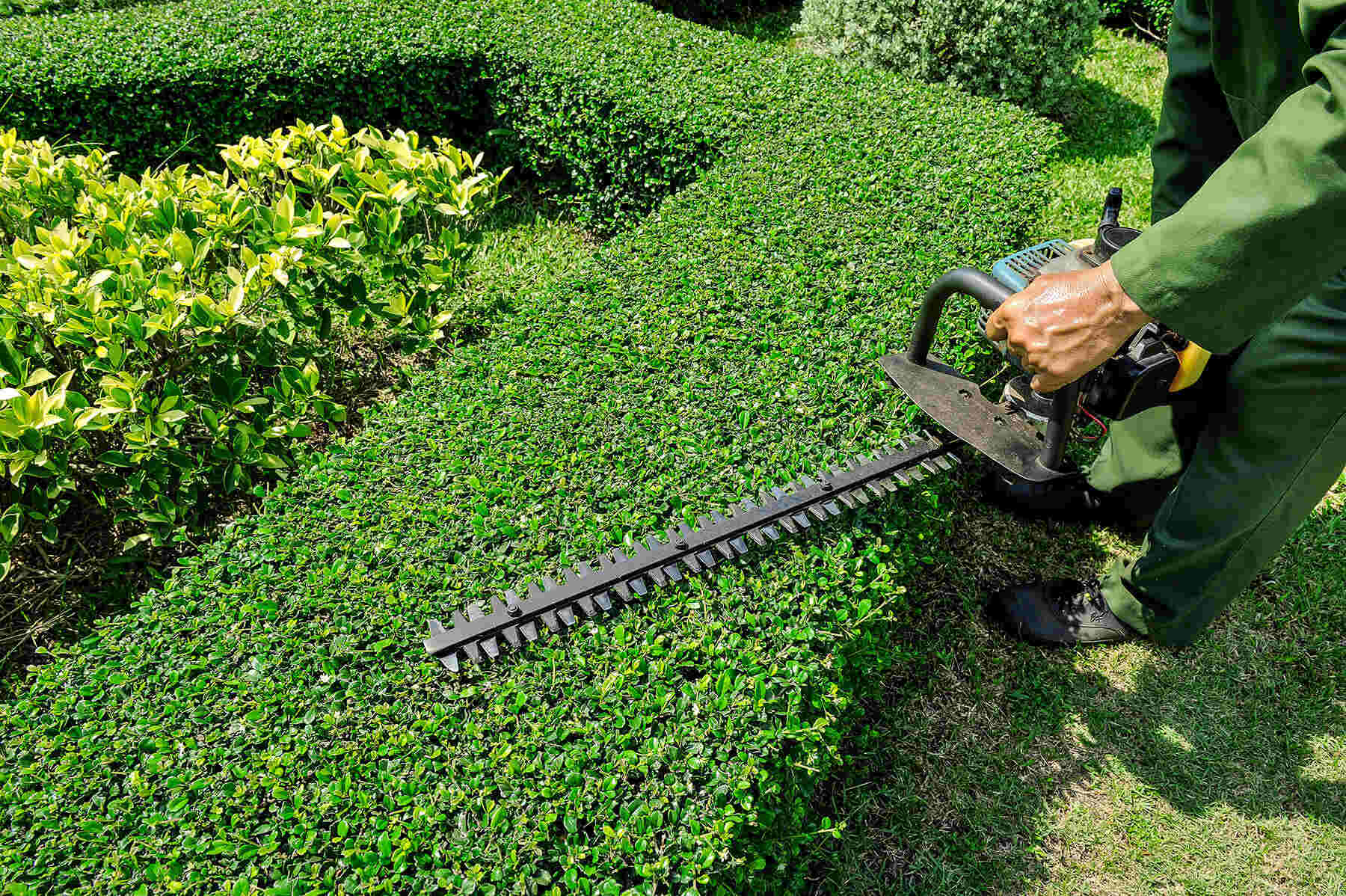

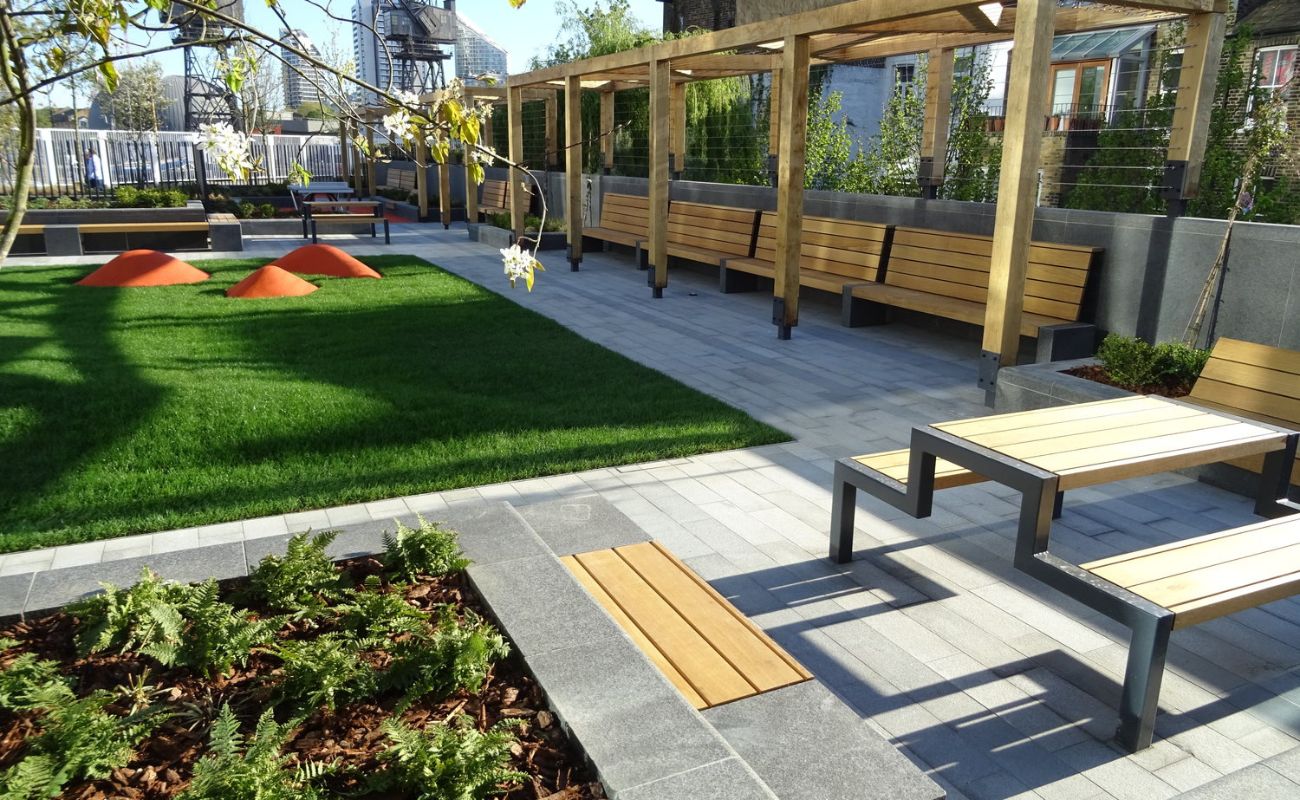
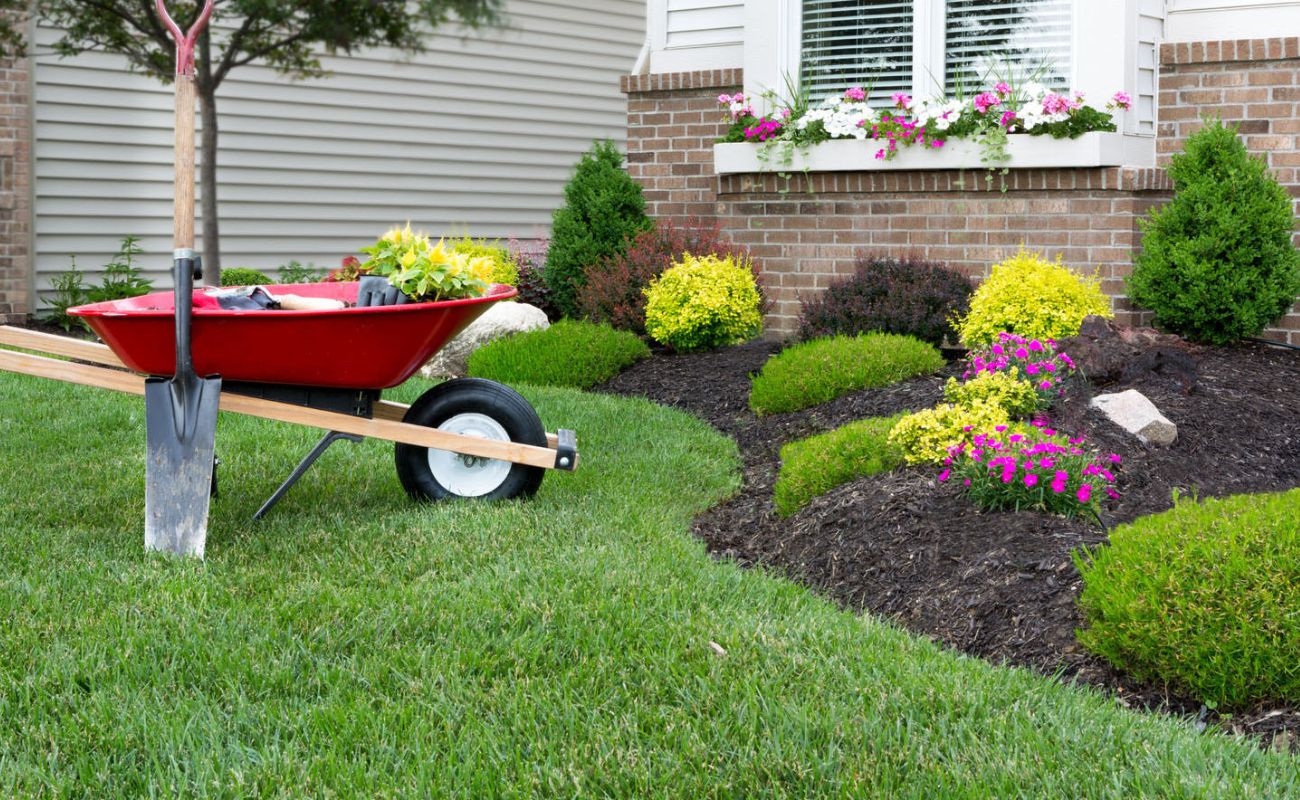

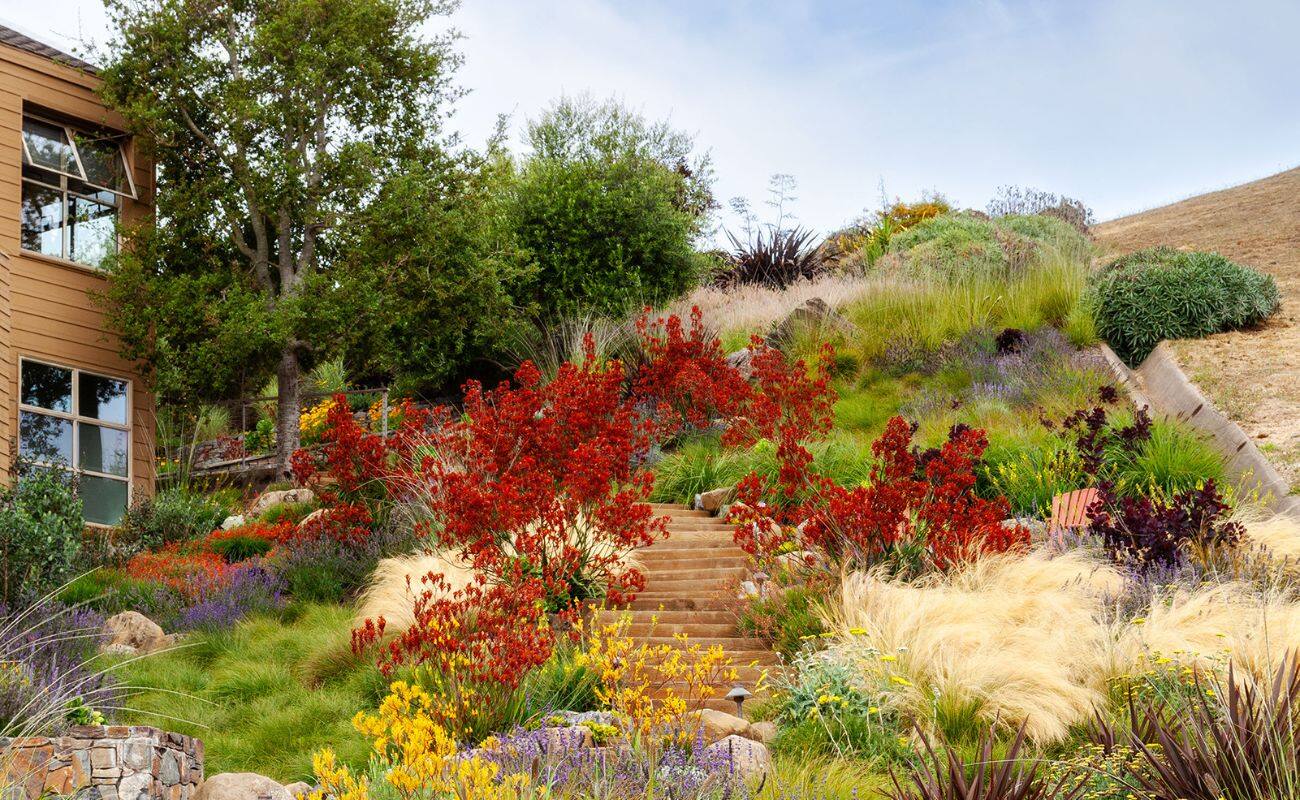
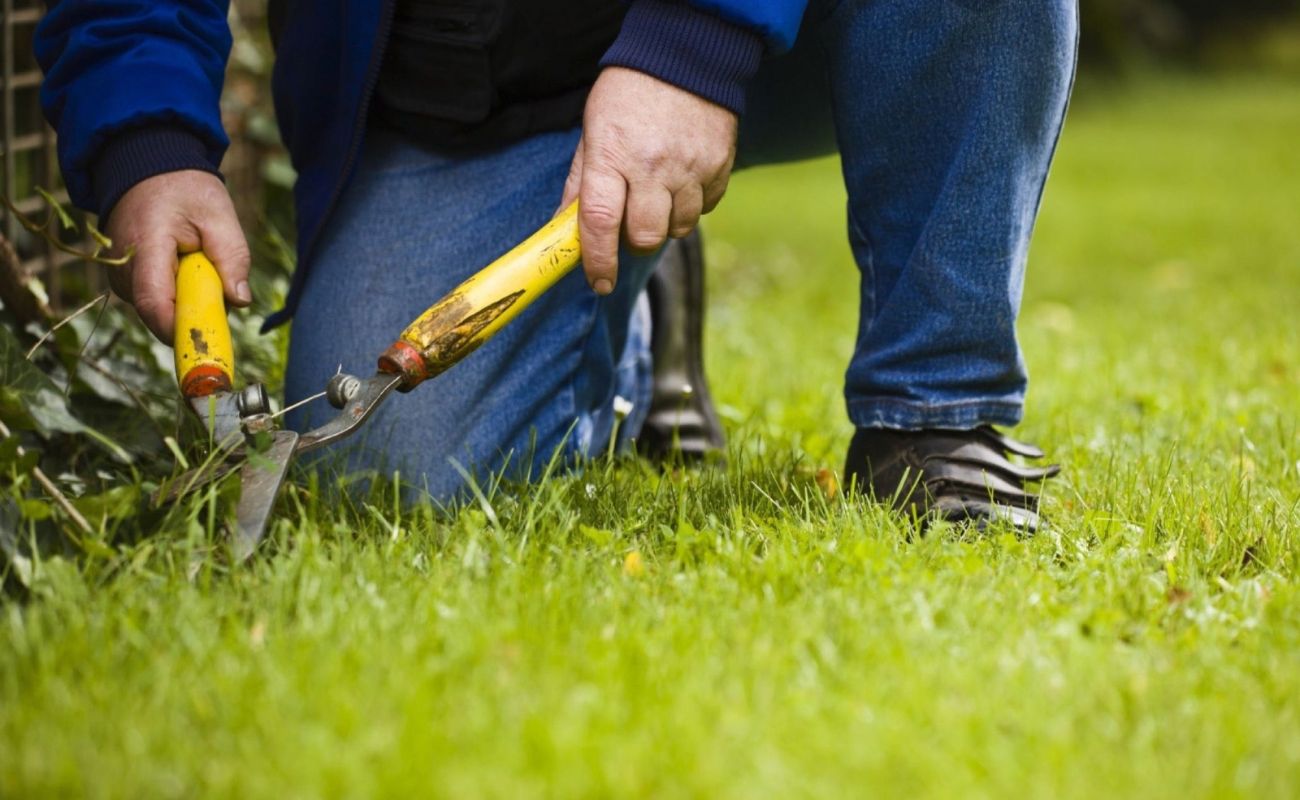

0 thoughts on “What Is Landscape Design?”